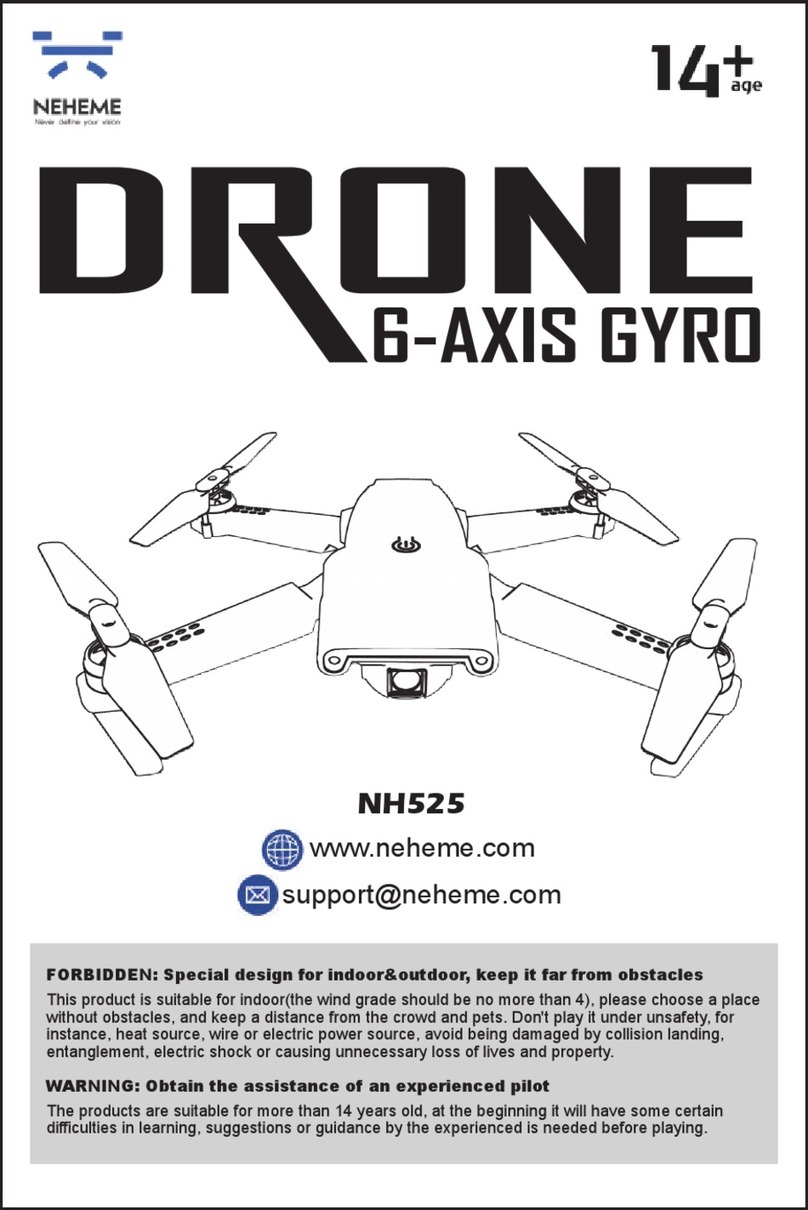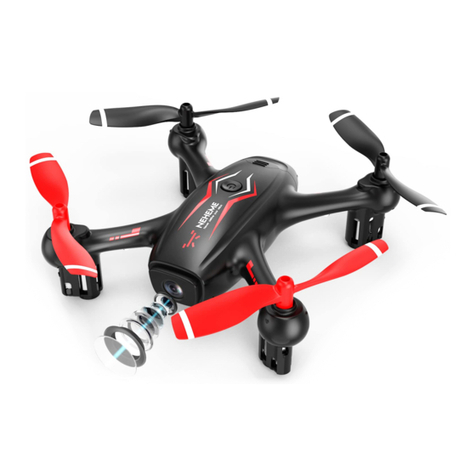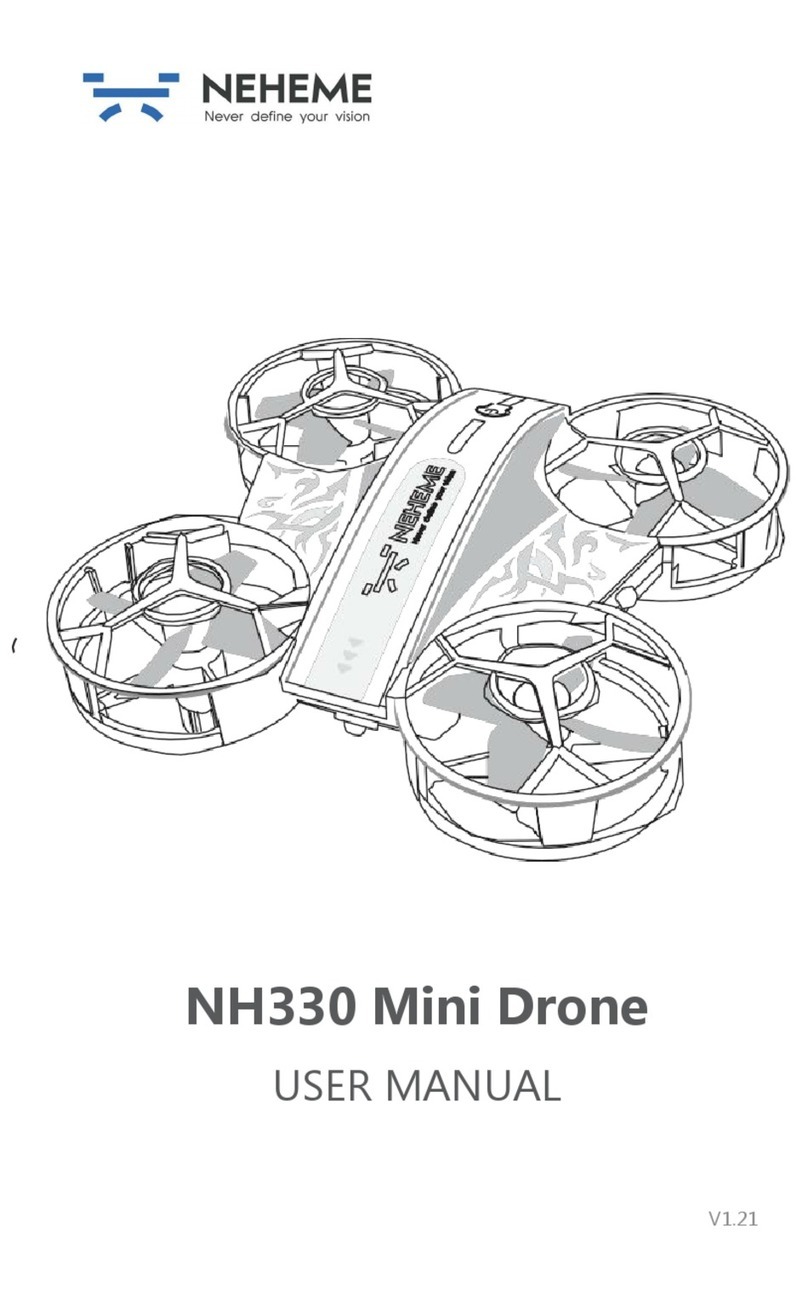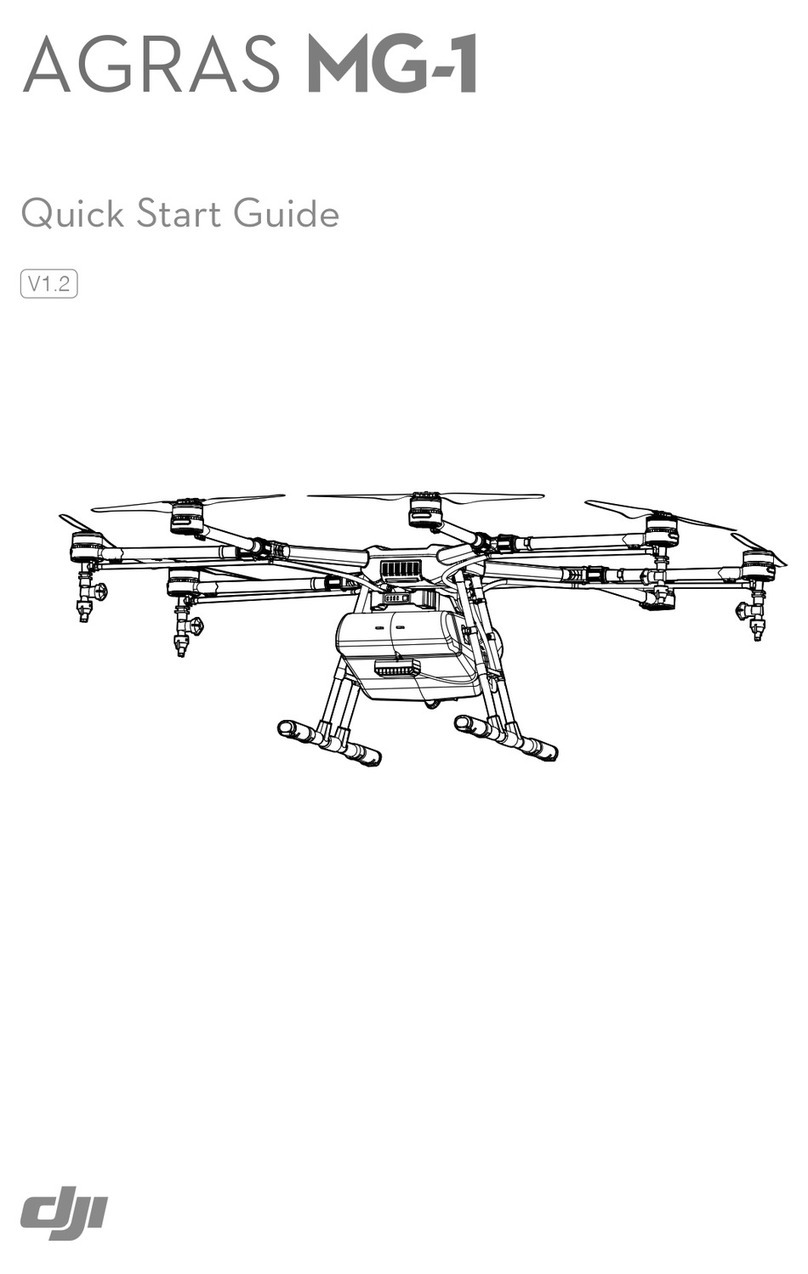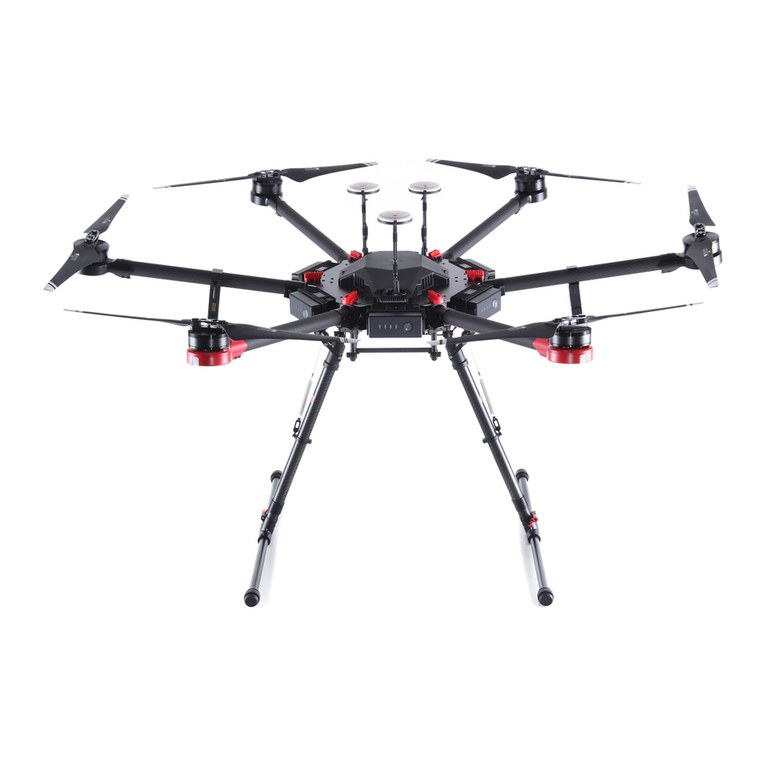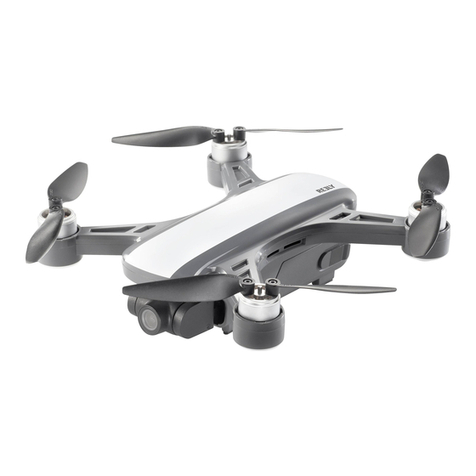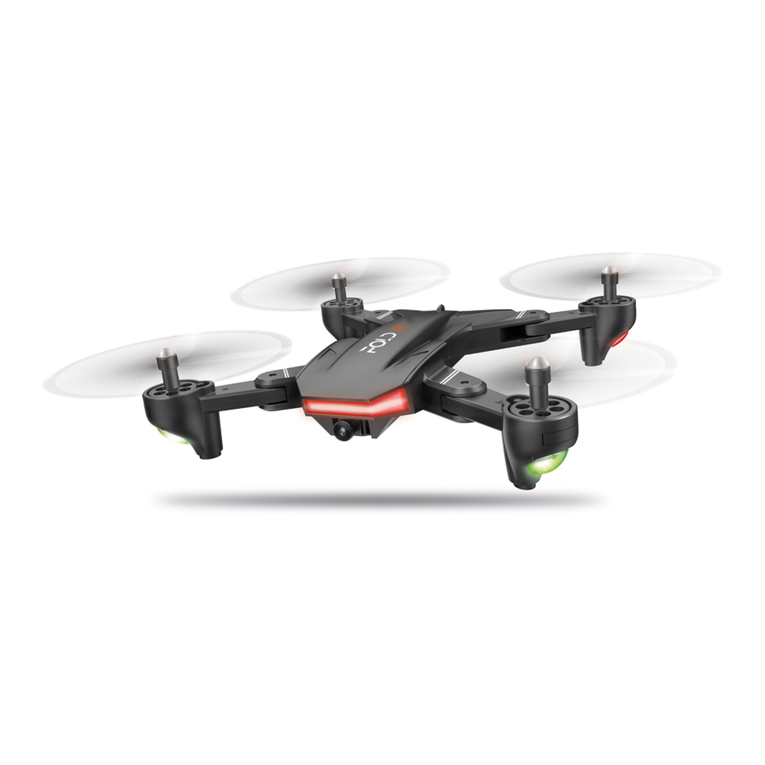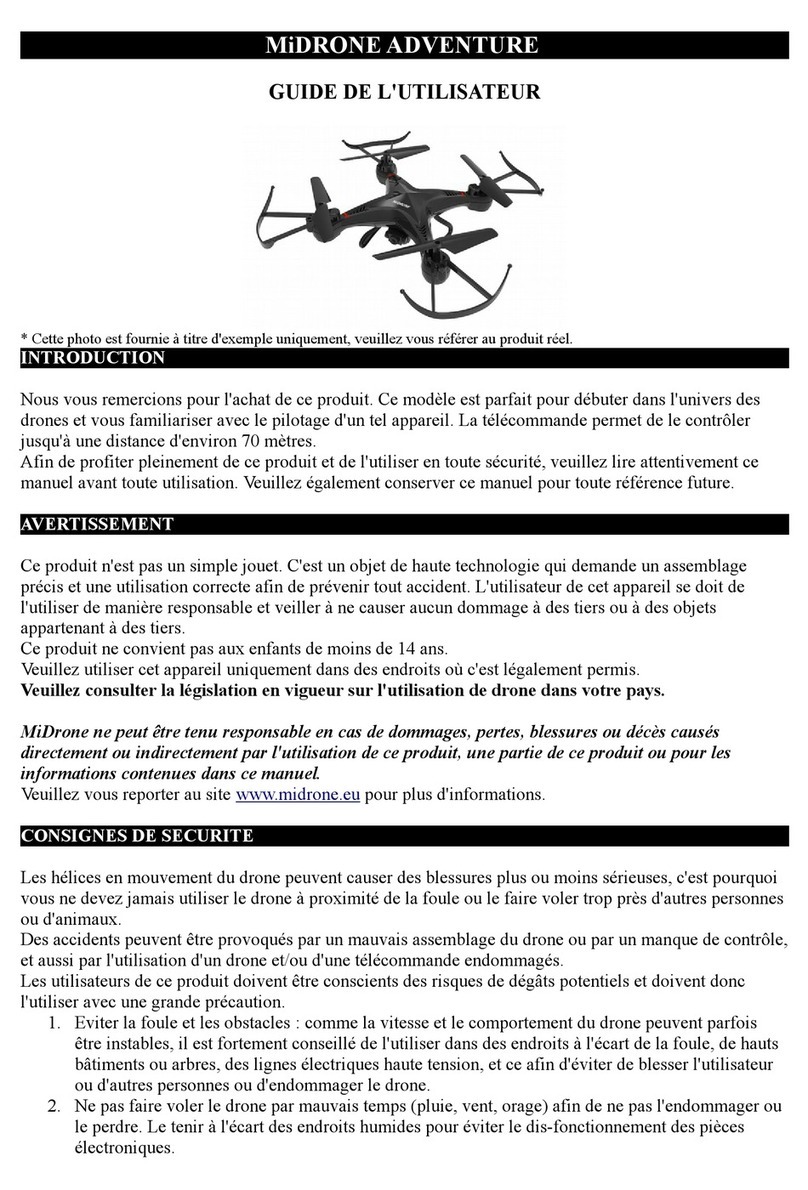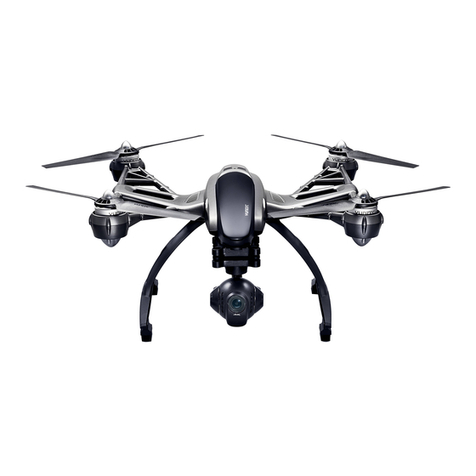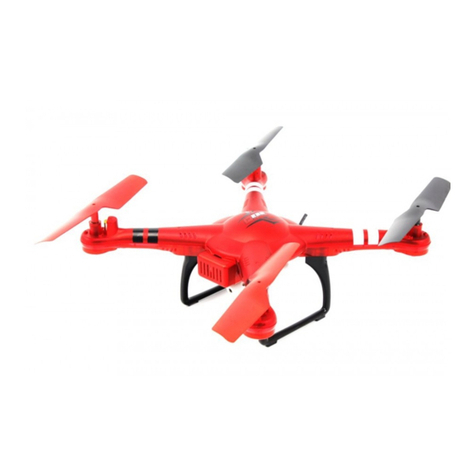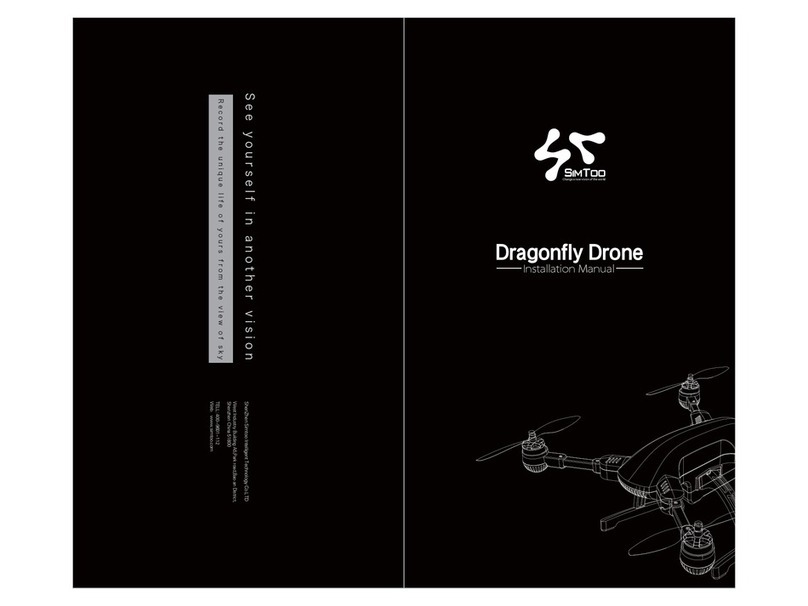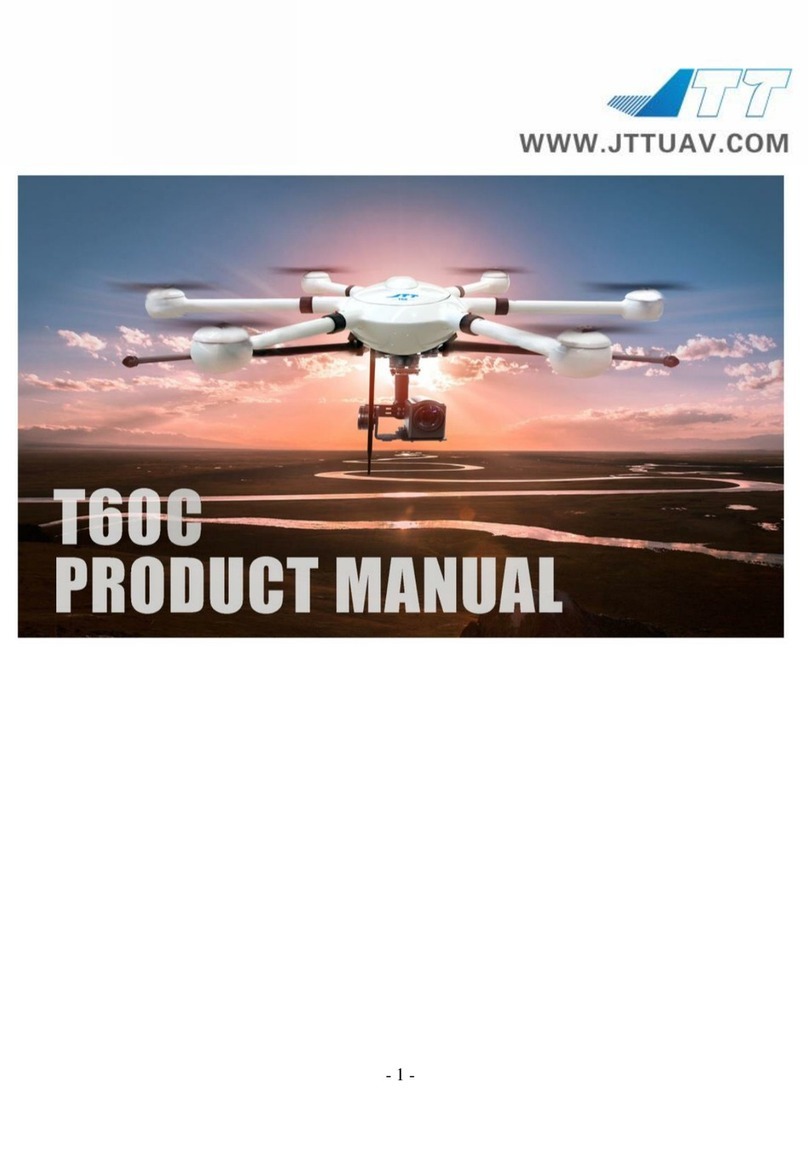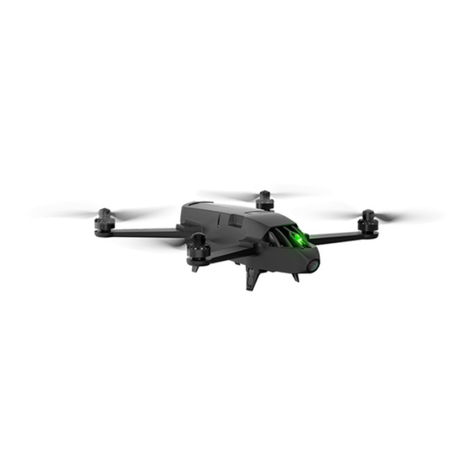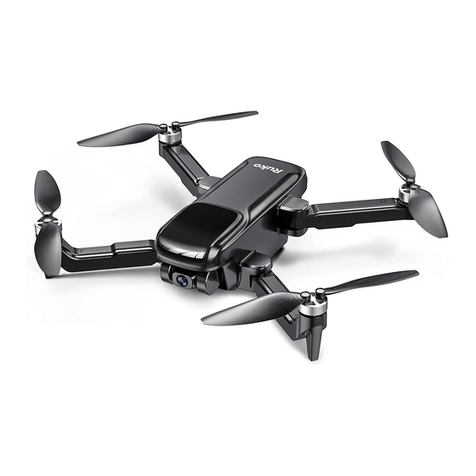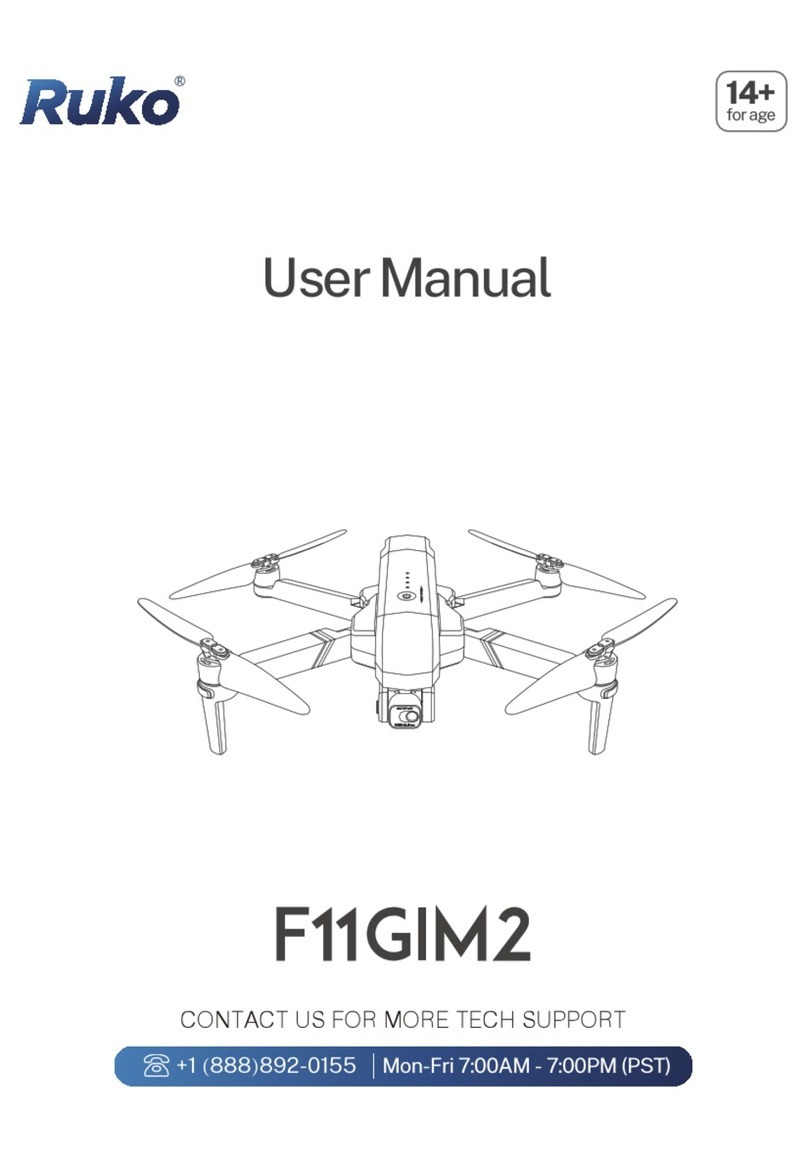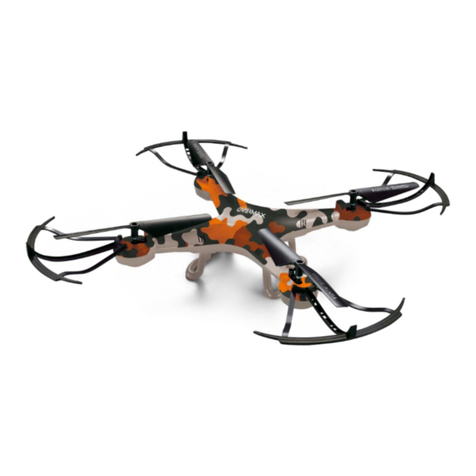Neheme NH330 User manual

V1.21
NH330 Mini Drone
USER MANUAL

DISCLAIMER AND SAFETY GUIDELINES
1. DO NOT look directly into the drone light.
2. DO NOT treat the product as household waste.
3. DO NOT fly above or near obstacles, crowds, open water, public road, high
voltage power lines or trees.
4. DO NOT use the drone in severe weather conditions. These include wind, snow,
rain, smog, hail, lightning, tornadoes or hurricanes.
5. Stay away from the rotating propellers and motors to avoid some tiny objects
(e.g. hair) to get into them.
6. This drone does not come with GPS module. Please fly the drone within the
control range.
7. Be sure to observe all local regulations, obtain appropriate authorizations and
understand risks. Please note it is solely your responsibility to comply with all
flight regulations.
NEHEME accept no liability for damage, injury or any legal responsibility incurred
directly or indirectly from the use of this product. The user shall observe safe and
lawful practices including, but not limited to, those set forth in these Safety
Guidelines. NEHEME reserves the right to update this user manual.
MAINTENANCE AND CARE
1. Thoroughly check the drone after crash or violent impact.
2. Do not charge battery before it cools down.
3. Remove the batteries if the product will not be in use for a long time.
4. Do not over charge the battery. Unplug the charger once it’s fully charged.
5. Store the drone and remote in a cool, dry place away form direct sunlight.
6. Do not charge the battery next to inflammables, such as carpet, timber floor etc.,
or on the surface of electro-conductive objects. Please always keep an eye on the
battery while charging.
7. Please use the original battery provided. Use an incorrect type of battery may
lead to fire hazards.
8. Do not dispose of the battery in fire or a hot oven, cut or mechanically crush the
battery, as this may cause explosions.
9. Do not leave the battery in an extremely high-temperature environment that can
result in an explosion or the leakage of flammable liquid or gas.
10. Do not expose the battery to the extremely low air pressure, as this may result
in an explosion or the leakage of flammable liquid or gas.

PRODUCT OVERVIEW
*Short press to Headless
mode/ Long press to
Rotate flight mode
*Left Control Stick
(press down speed
conversion)
*One key Take-off /
Landing (Long press
for emergency stop)
360° Flip
ON/OFF
Right Control Stick
(press down for
fine-tuning)
Power Indicator
LED
HEAD
TAIL
LED
LED LED
Motor Battery
Rotor Blade
FLIGHT PREPARATION
1. Install the remote batteries.
Note: Press and hold the One Key Take-off / Landing button for 3s to make an
emergency stop.
3*1.5V AAA(batteries not included)Make sure the batteries have enough power.

2. Charge the battery of the drone. 3. Install the drone battery after it’s fully
charged.
QL 752030
3.7V 300mAh
20201117
USB Adapter
Power Bank
USB Port
Tips:
1. For your safety, please use the original batery and USB cable.
2. Flight time of the battery may be reduced when flying in cold weather.
3. Free the battery of any sharp objects that could puncture into the battery to avoid
risks of explosions and fire.
4. There is continuous beeping sound from the remore and the LED on the drone
will flash quickly when the battery of the drone is low.
5. To extend the battery’s lifespan, recharge it at least once every three months if not
using it for long periods of time.
Charging: Red LED
Fully Charged: LED Off
FLIGHT OPERATION GUIDE
Note:
* Make sure you power on the drone first, then the remote in each flight.
* Do repeat the pairing procedure each time when the drone or remote is restarted.
* For all flight functions and modes, the opeator and tail of the drone must be
aligned.
Pair the Remote with the Drone
Step 1: Turn on the drone, then the remote. The LED on the drone start to flash,
then put the drone on a flat surface with the head forward.
Step 2: Push the Left Control Stick forward to the top, then pull it backward till
the bottom. Pairing is successful when the LED on the drone is soild on.

Flight Calibration
Move both control stick to lower left in 45° and hold for 2-3 second after the
pairing. The calibration completes when the LED on the drone turns to solid
on from quick flash.
Ascend and descend
Push the Left Control Stick
forward and the drone will
ascend; pull it backward
and the drone will descend.
Push the Left Control Stick
leftward and the drone will
rotate to the left; pull it
rightward and the drone will
rotate to the right.
Rotate Left and Rotate Right
Instructions of the Remote
Left Control Stick

Forward and Backward Push the Right Control
Stick forward and the
drone will fly forward;
pull it backward and the
drone will fly backward.
Push the Right Control
Stick leftward and the
drone will fly leftward;
pull it rightward and the
drone will fly rightward.
Press down the right remote
stick to enter fine-trimming,
press the right stick up/
down to backward/forward
trimming.
Press down the right remote
stick to enter fine-trimming,
press the right stick left/
right to rightward/leftward
trimming.
Leftward and Rightward
This is one of the default setting in the drone. When you release the Left Control
Stick after the ascending/descending action, the drone will hover at the current flight
height. For a stable flight. press the trim buttons to adjust accordingly.
Altitude Hold / Hover
Right Control Stick
Flight Trimming

Option 1:
Press the button to take off.
Option 2:
Move the Left Control Stick to lower left in 45° and the Right Control Stick to
lower right in 45° at the same time until four rotor blades start rotating, then
slowly push the Left Control Stick forward to take off.
Option 3:
Place the drone in your palm with the LED indicator in the front, then gently
throw it into the air.
* Please make sure there is enough space while throwing the drone up. We
recommend this option only when the operator is skilled in basic operation.
* Do not throw the drone to go when its LED flashes quickly. Please restart the
drone and remote, repeat the pairing and calibration procedures, then throw again.
Take-off

Option 1:
Press the button to take off.
Option 2:
Pull the Left Control Stick backward to the bottom to land the drone, and hold it
for 3s at least until all the rotor blades stop rotating.
After flying the drone to a height over 2 meters, press the 360 ° flip button to
activate 360 ° flip function. Then move the Right Control Stick forward/backward/
leftward/rightward to flip the drone accordingly.
The drone is set to low speed by default. Press the Left Control Stick down once
for medium speed and there are two beeps from the remote. Press it down again
for high speed and there are three beeps from the remote. A third press will get back
to low speed and there is one beep from the remote.
Landing
360 °Flip
Speed Switch

Press the Headless botton to activate the function. In this mode, the drone will fly
following the direction of the Right Control Stick regardless of the position of your
drone’s head or the tail. The LED on the drone will flash and there is beeping sound
from the remote. Press the same button again to exit this mode.
Long press the rotate botton to activate the function. In this mode, the drone will into
Headless function automatic. Long press the same button again to exit this mode.
Long
Press
Standard Mode Headless Mode
Headless Mode
360 degree Rotate

SPECIFICATIONS
Drone
Remote
USB Cable
Operating Temperature
Frequency Range
Input
Output
Rated Power
Transmit Power (EIRP)
32°F to 104°F (0℃ to 40℃)
Model NH330: 2.416-2.475 GHz
Model NH330: 2.416-2.475 GHz
Model NH330: 2.4GHz<18dBm

This device complies with Part 15 of FCC Rules. Operation is subject to the following
two conditions:(1) this device may not cause harmful interference, and (2) this device
must accept any interference received, including interference that may cause undesired
operation.
NOTE: This equipment has been tested and found to comply with the limits for a Class
B digital device, pursuant to part 15 of the FCC Rules. These limits are designed to
provide reasonable protection against harmful interference in a residential installation.
This equipment generates, uses and can radiate radio frenquency energy and, if not
installed and used in accordance with the instructions, may cause harmful interference
to radio communications. However, there is no guarantee that interference will not occur
in a particular installation. If this equipment does cause harmful interference to radio or
television reception, which can be determined by turning the equipment off and on, the
user is encouraged to try to correct the interference by one or more of the following
measures:
- Reorient or relocate the receiving antenna.
- Increase the separation between the equipment and receiver.
-Connect the equipment into an outlet on a circuit different from that to which the
receiver is connected.
-Consult Customer Service or an experienced radio/TV technician for help.
Warning! Any changes or modifications not expressly approved by the party responsible
for compliance could void the use’s authority to operate the equipment.
FCC Caution:
Manufacturer
Guangzhou Huosejie Trading Co., Ltd.
eVatmaster Consulting GmbH
EVATOST CONSULTING LTD
Bettinastr. 30 60325 Frankfurt am Main, Germany
Suite 11, First Floor, Moy Road Business Centre, Taffs Well,
Carfiff, Wales, CF15 7QR
contact@evatmaster.com
contact@evatmaster.com
Address: 407-52N, 4th Floor, Building 3, No. 133 Yanling Road, Tianhe District,
Guangzhou, China
EC REP
UK REP
Other manuals for NH330
1
Table of contents
Other Neheme Drone manuals

